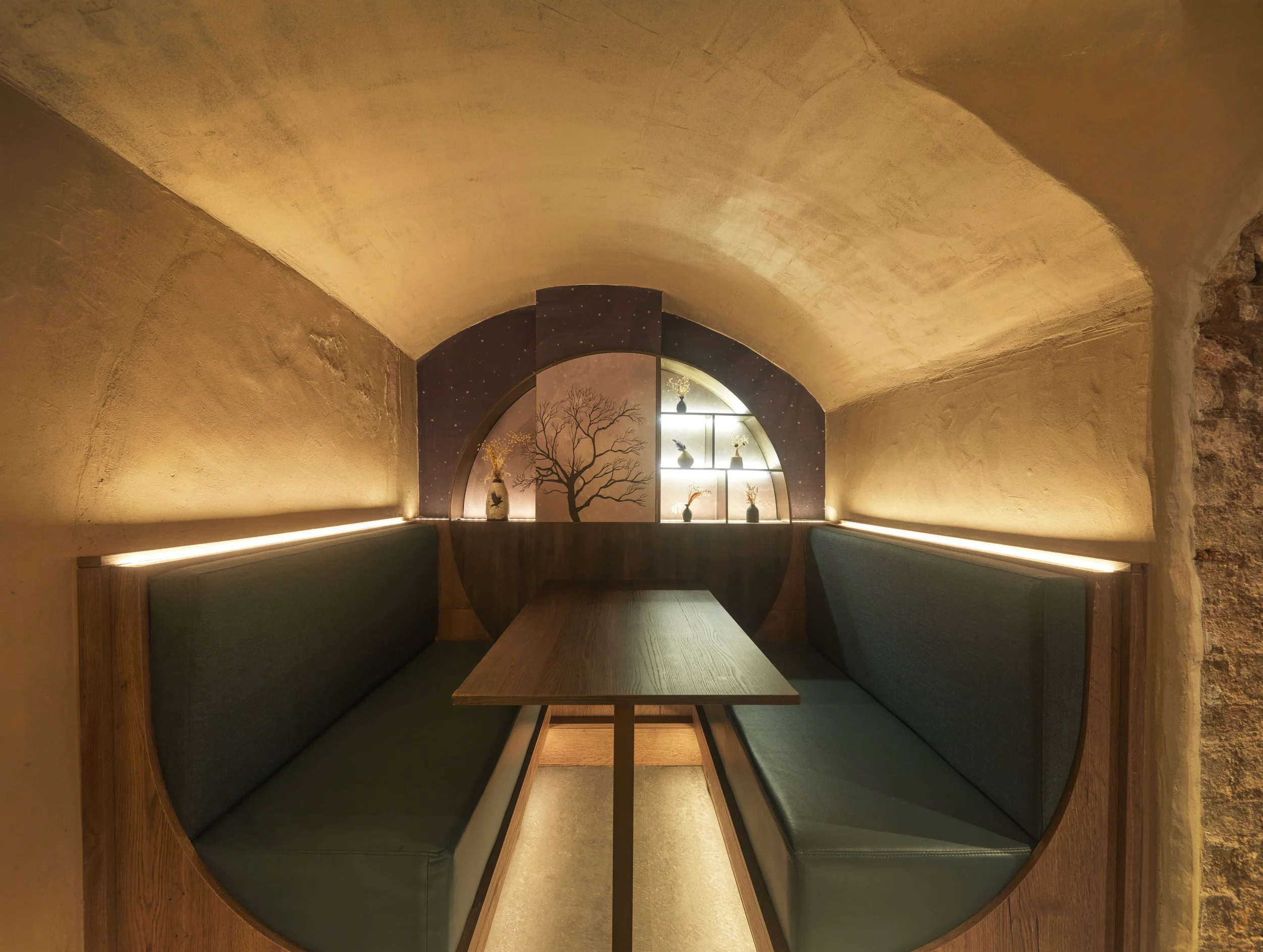The Role of Texture in Creating Atmosphere
When we talk about interiors, people often default to the big visual elements — colour, layout, lighting. But there’s another ingredient that’s just as important, and often overlooked: texture.
Texture is what makes a space feel layered, interesting and complete. It’s the difference between a room that looks fine in a photo and one that feels incredible when you step into it. From the warmth of timber to the cool polish of marble, interior design textures shape how we perceive a space — visually, emotionally, and physically.
Why Texture Matters
Texture gives surfaces personality. It catches the light, softens acoustics, and invites touch. In both residential and commercial interiors, texture adds richness without shouting for attention.
Think of:
A retail store where raw plaster meets smooth metal and velvet seating — instantly setting a tone of quiet luxury.
A boardroom where sleek wood veneer contrasts with tactile fabric wall panels — balancing professionalism with warmth.
A family home where linen curtains, stone countertops and hand-glazed tiles work together to create a feeling of comfort and calm.
Texture is the silent designer — it does a lot, without needing to be loud.
How to Use Texture in Interiors
Good texture isn’t about piling on materials. It’s about curating contrast and consistency.
Here’s how we think about it in practice:
1. Contrast creates interest
Pair rough with smooth, matte with gloss, soft with structured. This adds depth and stops a space feeling flat.
2. Keep a consistent palette
Using too many materials can become chaotic. Instead, we choose a focused palette and vary the finish, tone, or grain within it.
3. Use texture to zone and define
In open-plan spaces, a change in texture (say, timber flooring to tiled stone) can subtly define different areas without using walls.
4. Balance natural and man-made
Blending organic materials like linen, wool, wood or stone with more technical finishes (like powder-coated metal or glass) can feel grounded but contemporary.
Texture and Atmosphere
If you want a space to feel luxurious, texture is key. It's not always about high cost — it's about high-quality finishes that create sensory depth. A well-finished space, even with minimal decoration, feels elevated because of how the materials behave under light, touch, and sound.
This applies just as much in commercial settings:
Retail store ambience design is built on subtle cues — how the floor feels underfoot, how shelves reflect light, how seating invites a moment of pause.
In office or hospitality design, acoustic panels, drapery, or upholstery not only help with sound — they soften the experience, inviting focus or relaxation.
What We Bring to the Table
At Studio by Faber, we see texture not as a trend but as a tool — one that, when used well, creates spaces people want to return to. We work closely with makers and suppliers to source materials that are honest, beautiful, and buildable, and we think carefully about how they interact with the rest of the design.
Whether it’s a retail flagship or a residential project, texture is part of the emotional architecture — quietly shaping how a space feels, without you even noticing.
Conclusion
If colour sets the mood and layout sets the flow, then texture sets the tone. It draws you in, invites touch, and makes a space memorable. Whether you’re designing a home, a store, or a workspace, don't just ask what it will look like — ask what it will feel like.
